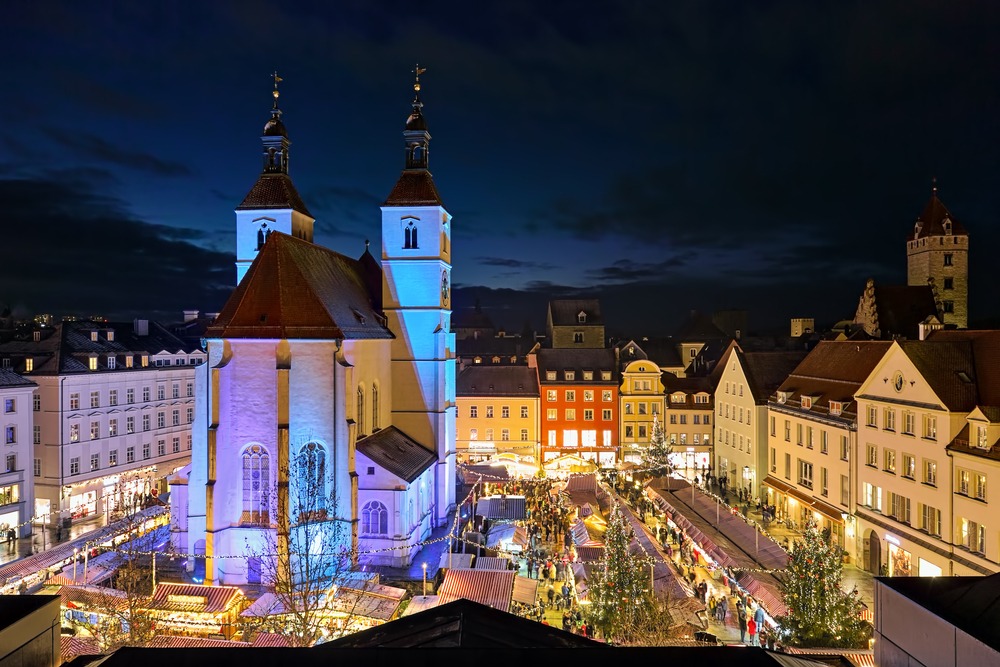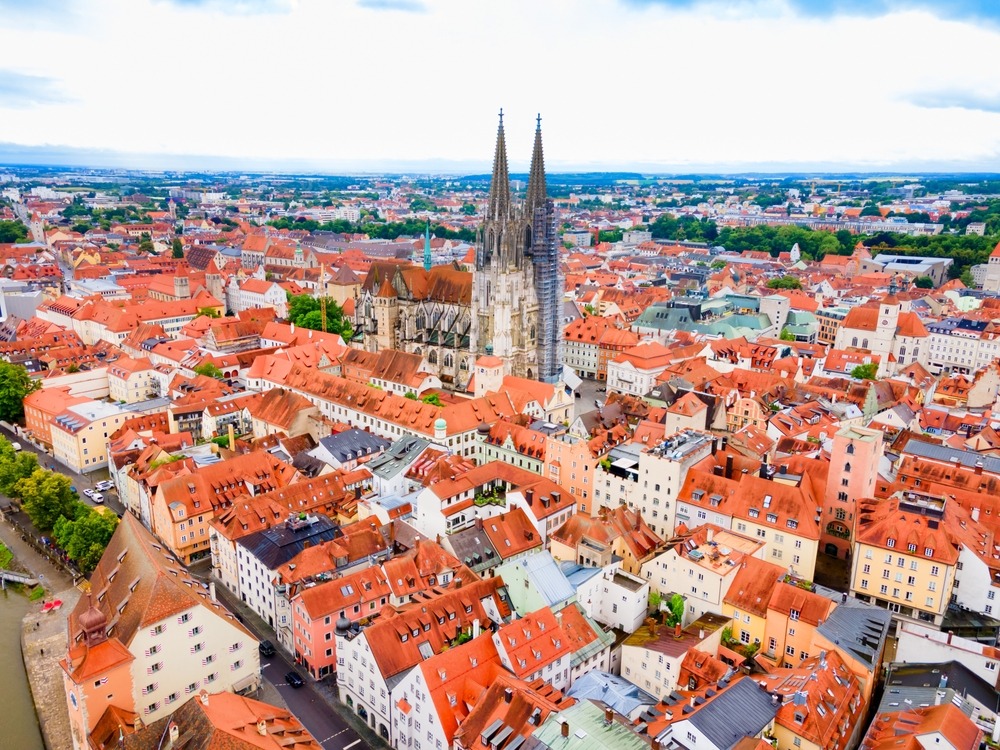Regensburg, Germany: A Comprehensive Historical and Travel Guide

History of Regensburg
Regensburg, a UNESCO World Heritage city situated at the northernmost point of the Danube River in Bavaria, Germany, is one of the country’s oldest and most historically significant urban centers. Its origins date back to the Roman Empire, and the layers of time are visibly preserved in its architecture, street plan, and civic legacy.
Roman Roots (c. 179 AD – 5th century): Regensburg, originally known as Castra Regina, was established around 179 AD as a Roman military fort under Emperor Marcus Aurelius. It was designed to guard the empire’s northern frontier along the Danube River. Castra Regina was a rectangular fort with stone walls, and the remnants of this Roman foundation can still be seen today in the Porta Praetoria. The settlement soon grew around the fort, developing into a vibrant Roman city that remained significant until the decline of the Roman Empire.
Medieval Flourishing (6th – 13th century): After the fall of Rome, Regensburg became the seat of a Bavarian duke and later a bishopric in the 8th century. During the Carolingian period, it rose to prominence as an early political and ecclesiastical hub. By the 11th and 12th centuries, Regensburg emerged as one of the most prosperous cities in the Holy Roman Empire, due in large part to its strategic location along key trade routes. Its merchants were wealthy, its artisans skilled, and its religious institutions influential. The construction of the Stone Bridge (Steinerne Brücke) in the 12th century facilitated commerce and symbolized the city’s affluence.
Imperial Free City (13th – 19th century): In 1245, Regensburg became a Free Imperial City, giving it a degree of political autonomy under the Holy Roman Emperor. The city thrived on trade with Venice, Paris, and Kiev and was a central hub of Jewish life in medieval Germany, although the Jewish population suffered periods of severe persecution. In 1663, Regensburg became the permanent seat of the Imperial Diet (Reichstag) of the Holy Roman Empire, granting it extraordinary political relevance.
Napoleonic and Modern Era (19th – 20th century): Regensburg’s independence came to an end during the Napoleonic reorganizations of Europe. It was briefly the Principality of Regensburg before being incorporated into the Kingdom of Bavaria in 1810. During World War II, Regensburg was heavily targeted due to its Messerschmitt aircraft factory. While some damage occurred, the city’s medieval core remained remarkably intact, preserving its ancient character.
Contemporary Period: Since the reunification of Germany, Regensburg has enjoyed a cultural and economic renaissance. In 2006, its Old Town was designated a UNESCO World Heritage Site for its exceptional preservation and historical significance. Today, Regensburg is a vibrant city blending ancient architecture, dynamic academia through the University of Regensburg, and a thriving tech and biotech sector.



































